In addition to the corrupt Gisborne Police officers Malcolm Thomas and Alan Davidson McManus was given other contacts by
Marianne Spence, Gisborne people that were prepared to talk provided they weren’t named. These informants according to Spence would give McManus the low down on the story she had so selflessly handed McManus. (Click here to listen to the tape)
Little did McManus know; with the exception of the informants that Chris Rennie, the NBR’s Christchurch correspondent supplied, the others had all been in regular contact with Detective Malcolm Thomas, thoroughly briefed and assisting with his unlawful plans.
Chris Rennie of course spoke to Detective Matthew Willcox. McManus was given Willcox’s name by Thomas during one of their many telephone conversations. McManus then in turn asked Rennie to talk to Willcox – Rennie was shown the Dossier Willcox had initially sent to Davidson, the very same dossier which had been rejected eighteen months earlier as defamatory rumour and hearsay by senior police officers Inspector Whiro Ratahi and Chief Inspector Wiseman – the very same Dossier that Police have for two decades denied existed.
Having now set the scene,Willcox sent the unwitting Rennie on to his co-conspirators. These people included Craig Ruane and Brent Stanaway local Christchurch Crown Solicitors (Ruane and Stanaway had been assisting Willcox for years), Alexander Lee from Duncan Cotteril and Co the solicitor with whom Willcox and Thomas would later conspire to invent a contract so as to facilitate spurious criminal informations, Alexander Lee’s dodgy clients Robin Pearce and Keith Mitchelmore Pearce’s accountant
These individuals in turn provided many more valuable local contacts from which Rennie was to obtain more seriously misleading, defamatory and false information; not surprisingly not one of these informants was prepared to be named.
The problem that McManus and Rennie could never have foreseen was that most of these people had a nexus; the University of Canterbury, its faculty of Law and a lecturer within the faculty; Mr Andrew Alston – an axis around which the tall stories and rumours had circled for years.
Alston and the faculty supervised the operation of local Tenants Protection Association, with many of Alston’s admiring students volunteers – the TPA was one of Alston’s pet projects he had used it to advance his credibility and career and this organisation was where he and his loyal students had fought and lost
many arguments with the men Alston was now comfortable secretly, so he thought, slandering.
The Tribunal defeats were of course the root of Alston’s distain and malice. Unbeknownst to McManus the law faculty and the TPA were the foundries in which much of the malice had been forged; Andrew Alston and Rod Donald the Smiths.
Without exception every one of McManus’s “reliable” Christchurch sources had a connection to either Andrew Alston – having either worked with or been taught by him – or the bent cop Detective Stanley Matthew Willcox. In short, the information that McManus

And this is what Craig Ruane really looks like, a sad old fuck NZ army ‘reserve’ Colonel that is soon to be for the high jump
had received from her Christchurch colleague, Chris Rennie, was at best unreliable and in truth defamatory – Yet she still printed it.
Back in Gisborne McManus had spoken with three main sources outside the police and Marianne Spence at the Herald. Paul Martens of the Northern Restaurant and Hotel Workers Union, Ron Atkinson, financial controller, Eastland Energy and John McLaughlin of Gisborne Glass.
The first two are of particular interest, Paul Martens had been working away tirelessly from January 1987 vilifying the owners of the businesses. He had inexplicably developed the theory that the family was part of a dreaded Mafia organisation, had serious criminal convictions including rape and were heavily involved in the drug underworld – an unusual profile for the operators of retirement homes – In late 1986 Martens had received a visit from Warren Smith a colleague of Rod Donald then the manager of the Tenants Protection Association in Christchurch.
This visit and information provided by various corrupt Police officers were primarily the cause of this belief being held in the mind of the very immature and not particularly bright Martens – this belief and the fact that like a lot of people in the east cape area of New Zealand Martens was a heavy marijuana user – no doubt fuelled his furtive and malicious imagination.
Two names that repeatedly popped up as being Martens Police source were Detectives Hemi Hikawai and Dave Nielson, both of whom had been charged along with Detective Malcolm Thomas and five other cops with the kidnap and assault of Dickey Maxwell in the Ruatoria affair of June through December 1987 – Martens too had connections with Ruatoria and in 1991 he returned there to work after leaving his job with the Union.
Martens activities were finally evidenced in late 1988 when it was discovered that he had written a series of highly defamatory letters to a sister organisation in Christchurch.
A plan was devised to covertly obtain these documents from Robert Hutcheon an organiser with the Canterbury Hotel Workers Union. The letters contents were to prove explosive; amounting to nothing short of a serious criminal liable.
A complaint was made against Martens in 1989, however like so many other complaints and despite a senior counsels legal opinion sighting Martens culpability the Gisborne Police failed to investigate the crime.
It would later emerge that Detective Malcolm Thomas had protected Martens by concealing further serious offending. Martens had again passed on defamatory and false information to a private investigator, hired in an attempt to prove the conspiracy and Police involvement.
Despite a formal complaint having already been made to the Police Thomas continued to conceal Martins offending; why? Thomas knew that he and his fellow officers were the source of the false information – Thomas was also aware that if charged Martens would point the finger at the Police. It was Martens only possible defence – a nightmare scenario that the corrupt cops, Thomas in particular could not afford.
The second person McManus spoke to was Ron Atkinson of Eastland Energy, Ron really put the boot in. He knew that he had to totally discredit the subjects of McManus’s interest. McManus naturally took the bait after all she had no reason to doubt Atkinson and she had also spoken at length with Thomas and Davidson and they had confirmed everything.
What she could not have known however was that Ron Atkinson had already been spoken to by Detective Malcolm Thomas.
Thomas’s visit had panicked Atkinson and his boss, General Manager Alan Rose; although it would later emerge that Atkinson definitely had the most to loose.
The secret that both of these men had withheld from McManus was that they had played an important part in planning the sections 205 and 206 Companies Act schemes of arrangement. Atkinson in particular had an active hands on role, in providing advice on the legal aspects and by doing the necessary research.
Both men knew that far from it being an attempt to rip the creditors off the scheme had been designed to ensure that the creditors were paid; after all their employer Eastland Energy numbered amongst them.
The scheme was put in place, for no other reason than, to thwart the efforts of whoever it was that had been responsible for causing numerous financiers to pull out at the eleventh hour – By December 1988 it had been established that Detective Stanley Matthew Willcox was responsible; frightening lenders off with his credibility as a Police Officer and his well rehearsed story; the borrowers were involved in organised crime – the same story he had fed his corrupt colleagues in Gisborne when first telephoning Senior Sergeant Alan Davidson on Saturday the 4th June 1987.
Atkinson held yet another dark secret, a secret that would only surface after the McManus articles had been published. Atkinson had told McManus that Eastland Energy was owed $40,000.00.
This was not only untrue it seemed an unusual development, why would Atkinson be talking to McManus in the first place and then overstating the alleged debt? Eastland Energies quote for the work was $28,000.00 and despite having been paid a substantial deposit the final figure was to be reviewed down as they had failed to comply with the design specifications on the refrigeration equipment they supplied. The equipment was substandard. regularly failed and resulted in the loss of produce worth thousands in the 12 months following it’s commissioning.
There was also the thorny issue of a high voltage electrical substation located on land owned by the alleged debtor for which Eastland Energy was in arrears of rent; having failed to pay for a period approaching two decades.
Given Atkinson’s claim that $40,000.00 had been owed was totally false; why? – Suffice to say Jenni may have been just a little hasty and unwise in trusting Ron Atkinson and his particular style of accounting – there were also rumours about his activities whilst employed by East Coast Fisheries Ltd – But of course they were just rumours.
McManus could not have known any of this, taking everything she had been told at face value, Detective Malcolm Thomas and Senior Sergeant Alan Davidson’s corroboration of the information was no doubt reassuring, making it that much easier to swallow.
Jenni McManus went above and beyond the call of duty in assisting any body that called her and by faxing her malicious and defamatory articles to anyone and everyone at the NBR’s expense.
Months after the articles had been published McManus was still working hard to build her own reputation the easy way – by destroying the reputations of others. In 1989 she is to be seen assisting Claire Yardley a young solicitor with strong connections to Andrew Alston and working for yet another Christchurch firm Parry Field and Co.
When telephoned by Dean Stockton, an alias used to gather evidence against McManus, Thomas and Willcox, Yardley is heard holding McManus out to be the expert. Yardley was of the view that McManus if contacted would be more than happy to assist in providing dirt. Yardley’s belief clearly came from her own conversations with McManus wherein she had obviously displayed her willingness to put the boot in.
Prior to the articles being published however McManus had been warned , advised of what had really been going on in the town, but she could not bring herself to believe it – Ultimately McManus’s research was fatally flawed, she had been well and truly duped; resulting in stories that were a litany of lies, character assassination and serious defamation – made worse by her failure to put it right – made criminal with her decision to close ranks with the Police and conspire to conceal her own incredible stupidity and the National Business Reviews liability!
Check out what McManus failed to uncover – what was really happening>>>>>>>>>


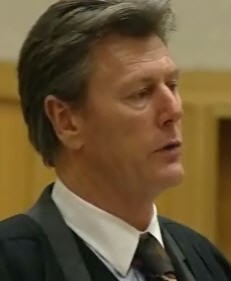


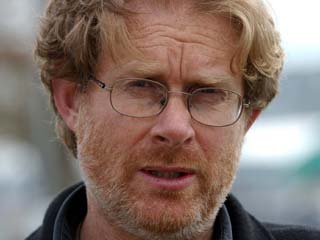
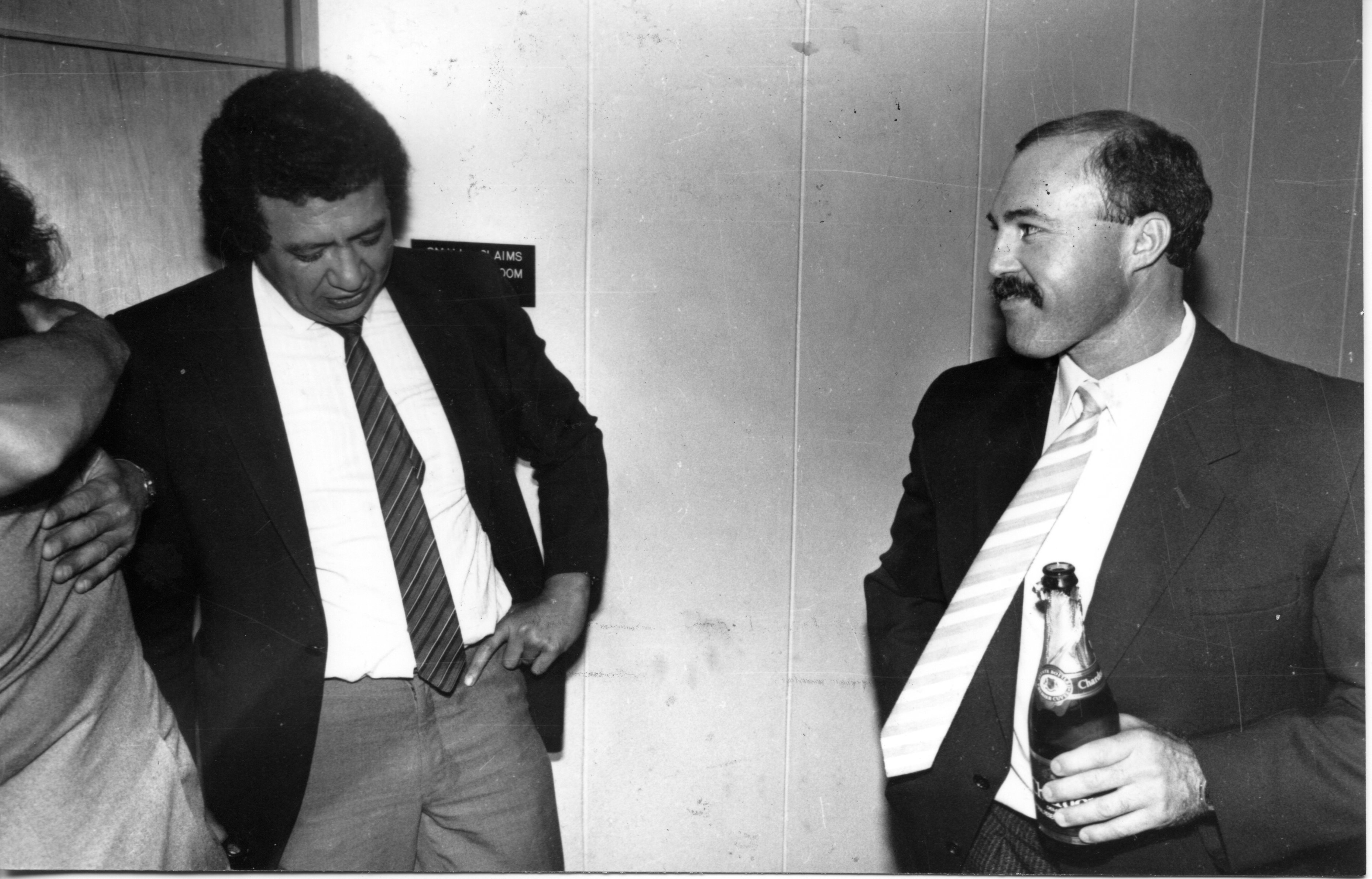
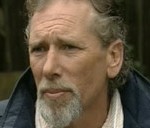
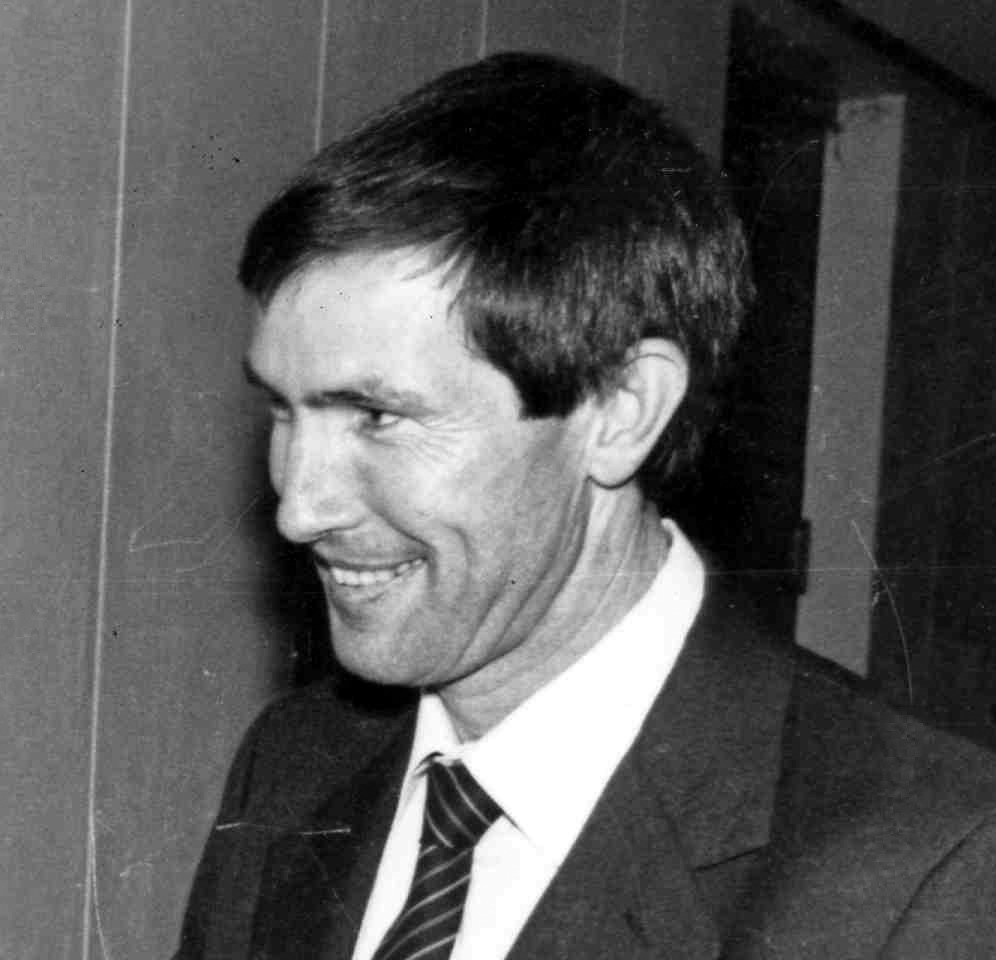
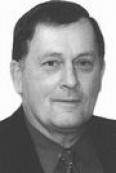


No Comments
Crimes Act 1961 No 43
Section 105A Corrupt use of official information
Every official is liable to imprisonment for a term not exceeding 7 years who, whether within New Zealand or elsewhere, corruptly uses or discloses any information, acquired by him in his official capacity, to obtain, directly or indirectly, an advantage or a pecuniary gain for himself or any other person.
Section 105A: inserted, on 1 July 1983, by section 3(1) of the Crimes Amendment Act (No 2) 1982 (1982 No 157).
Section 105A: amended, on 1 July 1993, by section 2 of the Crimes Amendment Act 1993 (1993 No 33).